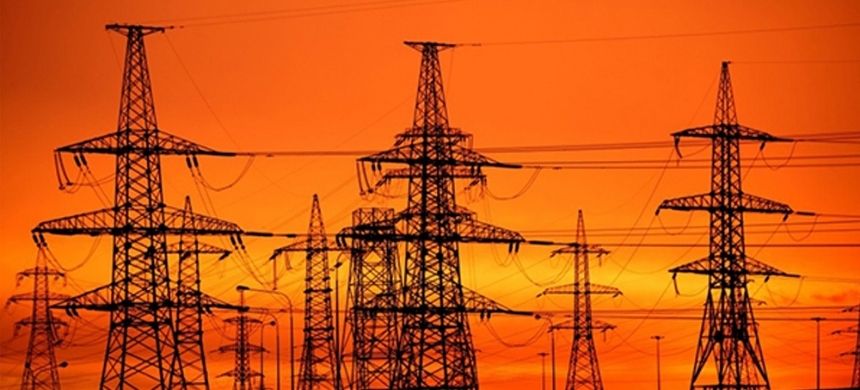Pakistan has informed the IMF that power sector losses are projected to rise to Rs. 535 billion this fiscal year. This represents a 35% increase from last year due to inefficiencies and poor bill recoveries.
The Power Division told the IMF that the country’s circular debt, or unpaid obligations in the electricity supply chain, could increase by Rs. 505 billion. This exceeds the Rs. 200 billion ceiling suggested by the lender.
Officials explained that the surge in losses is due to two main factors. First, inefficiencies in power companies are expected to add Rs. 276 billion. Second, under-recovery of electricity bills could contribute Rs. 260 billion, nearly double last year’s figure. Natural disasters, such as floods, have worsened the under-recovery problem.
Despite repeated reform attempts by civilian and military governments, Pakistan continues to face structural challenges in its power sector. Efforts like renegotiating contracts with independent power producers have not fully resolved the issues.
The government has relied heavily on budgetary subsidies and new borrowing to manage circular debt. As of June, circular debt stood at Rs. 1.6 trillion, down from Rs. 2.42 trillion a year earlier, mainly due to one-off measures.
The IMF questioned why early gains in July and August, when power sector losses fell 37% year-on-year to Rs. 153 billion, could not be maintained. Pakistani officials said that structural inefficiencies and the impact of floods limited further improvements.
The report highlights the challenge Pakistan faces in controlling its power sector losses while balancing fiscal pressures and meeting IMF expectations. Experts say long-term reforms are essential to stabilize the sector and reduce reliance on subsidies and borrowing.
In other related news also read Pakistan Meets Most IMF Conditions Ahead Of Review Mission











